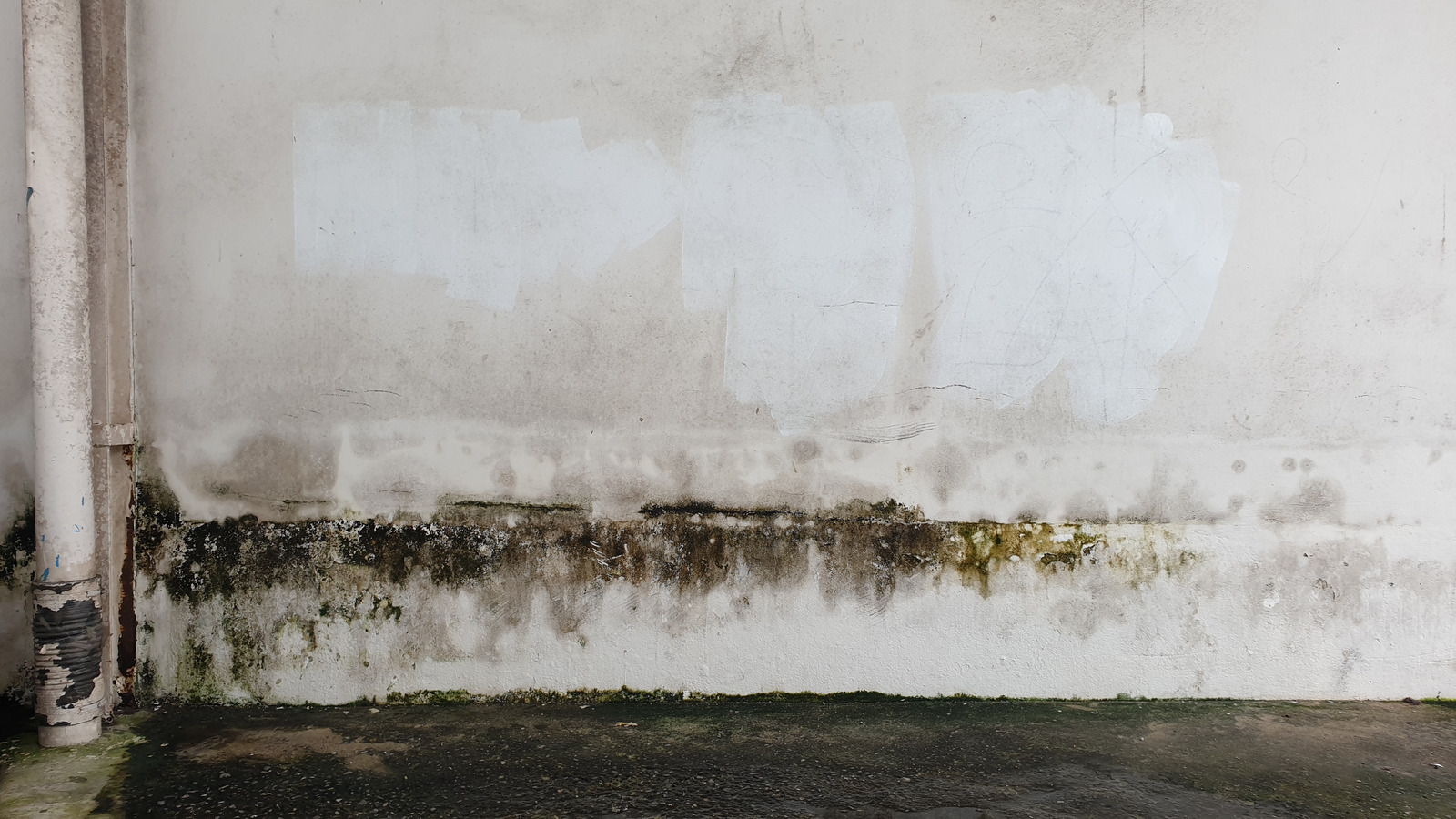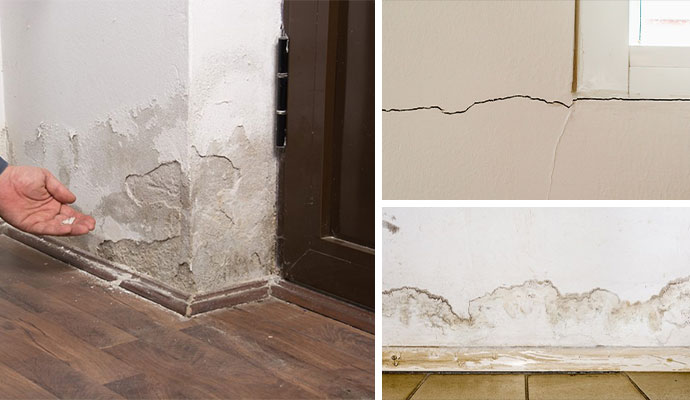Instructions to Detect and Address Stains from Water Speedily
Instructions to Detect and Address Stains from Water Speedily
Blog Article
The author is making a number of great points relating to Indicators of Water Damage Behind Walls in general in this article down the page.

Water stains on wall surfaces are not positive to the eyes. Your house should lack spots on the wall surfaces, roof, or floorings. That is the ideal state of a residence and its structures. Yet, often it seems practically inescapable to experience water spots on walls in homes.
House owners living in damp areas constantly deal with the concern of water discolorations on wall surfaces. With all-around as well as exact info on the causes of water discolorations and also prompt repair processes, you will certainly constantly be an action in advance of such events.
3 Typical Causes of Water Spots on Wall Surfaces
In contrast to common belief, water discolorations on wall surfaces do not constantly come from poor structure materials. There are several reasons for water spots on wall surfaces. These consist of:
Poor Drain
When making a structure strategy, it is essential to guarantee appropriate drainage. This will avoid water from leaking into the walls. Where the drain system is blocked or missing, underground wetness develops. This web links to too much wetness that you notice on the walls of your building.
So, the leading source of damp wall surfaces, in this situation, can be a bad drain system. It can likewise be because of bad management of sewage pipes that go through the structure.
Wet
When warm damp air consults with completely dry cool air, it triggers water droplets to form on the wall surfaces of structures. This occurs in washrooms and kitchens when there is steam from cooking or showers. The water droplets can tarnish the bordering walls in these parts of your house and infect other locations.
Wet or condensation influences the roofing system and also wall surfaces of buildings. When the wall is wet, it produces an appropriate environment for the growth of fungi and germs.
Pipeline Leaks
Most houses have a network of water pipes within the wall surfaces. It constantly boosts the viability of such pipelines, as there is little oxygen within the walls.
A disadvantage to this is that water leakage affects the walls of the structure and creates extensive damages. An indicator of defective pipes is the appearance of a water discolor on the wall.
Water Discolorations on Wall: Repair Service Tips
House owners would normally desire a quick fix when taking care of water discolorations. They would certainly soon understand this is counterproductive as the water stains repeat. So, below are a couple of useful suggestions that will certainly direct you in the fixing of water spots on wall surfaces:
Pro Idea
A houseplant in your home additionally boosts its humidity. If the home is already humid, you might want to present houseplants with minimal transpiration. An example of ideal houseplants is succulents.
Conclusion
No one wants to have water discolorations on wall surfaces in their residence, it can occur to the ideal of us. This write-up provides you take advantage of, as you now know just how to handle this problem if it does happen.
It is constantly best to recruit professional services to help deal with the damages in your home.
Sometimes it seems almost inevitable to experience water discolorations on wall surfaces in residences.
Contrary to preferred belief, water stains on wall surfaces do not constantly stem from inadequate building materials. There are several reasons of water discolorations on walls. The water droplets can stain the bordering wall surfaces in these parts of your house and also spread to other areas.
Below are a few practical suggestions that will direct you in the fixing of water discolorations on wall surfaces:
CHECKING FOR WATER DAMAGE
Water damage can be costly, and it may begin before you even notice the first signs of trouble. Water damage can cause mold and mildew in your walls and floors, which can create an abundance of health concerns for your family. It can also lead to costly repairs of various appliances and general home fixtures. To avoid the pricey consequences of water damage, here are Warner Service’s top 5 places you should check:
The walls – The easiest place to spot the beginnings of water damage is on the walls and ceilings of your home. If water damage is present, there will most likely be water stains, especially around the windows and doorframes, and/or cracks in the drywall. If a stain looks unusual (discolored to brown, black or gray, raised texture), has a swollen appearance or is soft to the touch, contact a professional immediately. The pipes – To avoid water damage, consistently check the pipes in your kitchen (especially the dishwasher and ice maker), bathrooms, laundry room (specifically washing machines) and basement for corrosion, leaks and water stains. Pay special attention to where the pipes connect in your home and the location of caulking around the bathroom fixtures, including toilets, sinks, showers and tubs. Missing or loose caulking and grout could be signs of leaking water. This seepage can also quickly cause mold and rust, so double check your water heater and tank for wet spots on the floor. The floor – Water damage is very easy to spot on the floor. Look for any warping or buckling of the material, especially in the basement. If your home has wood flooring, look for bright white or dark stains. If your home has carpeting, keep it dry and clean. A damp carpet that smells of mold could cause water damage and health problems. To avoid this, consider installing floor pans under your appliances to help prevent damages from small, slow and undetected leaks. The basement and attic – If your basement or attic smells odd check for mold and mildew around the area, especially the valley where the roof meets. While you are inspecting those areas, check for wall cracks, floor stains, rust and dampness in the insulation. If you live in a colder and/or rainier climate, perform routine checks for water damage from melting snow or ice and rain. The exterior – Check the roof for damaged flashing and missing, cracked or curled shingles. There should also be no standing water anywhere outside your home. This could be caused by puddles, leaky rain gutters or hoses, poor drainage, or short gutter spouts. Invest in a sump pump system or water flow monitoring system, and perform routine maintenance on these outdoor appliances to avoid indoor water damage.

Hopefully you enjoyed reading our post about How to Find and Repair Water Leaking in the Wall. Thank you so much for finding the time to browse our short article. Appreciated our blog posting? Please share it. Help another person find it. I take joy in reading our article about How to Find and Repair Water Leaking in the Wall.
Article Report this page